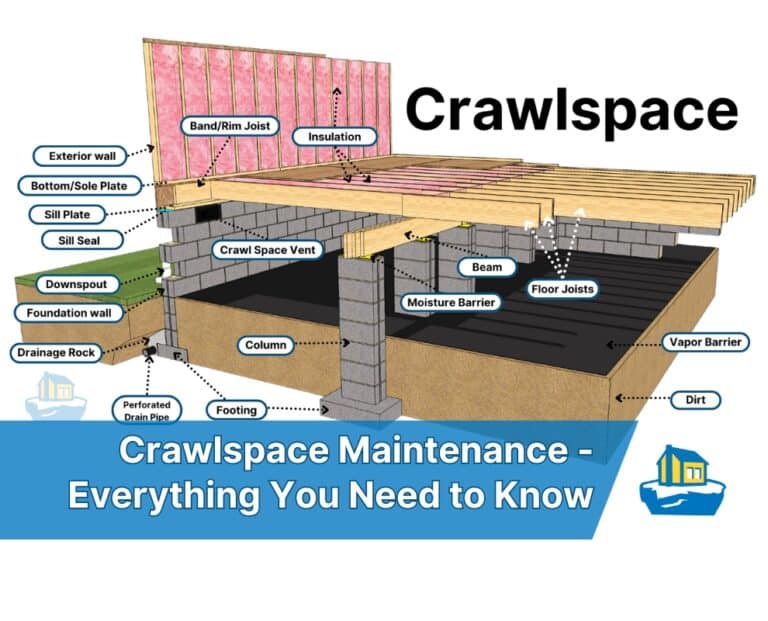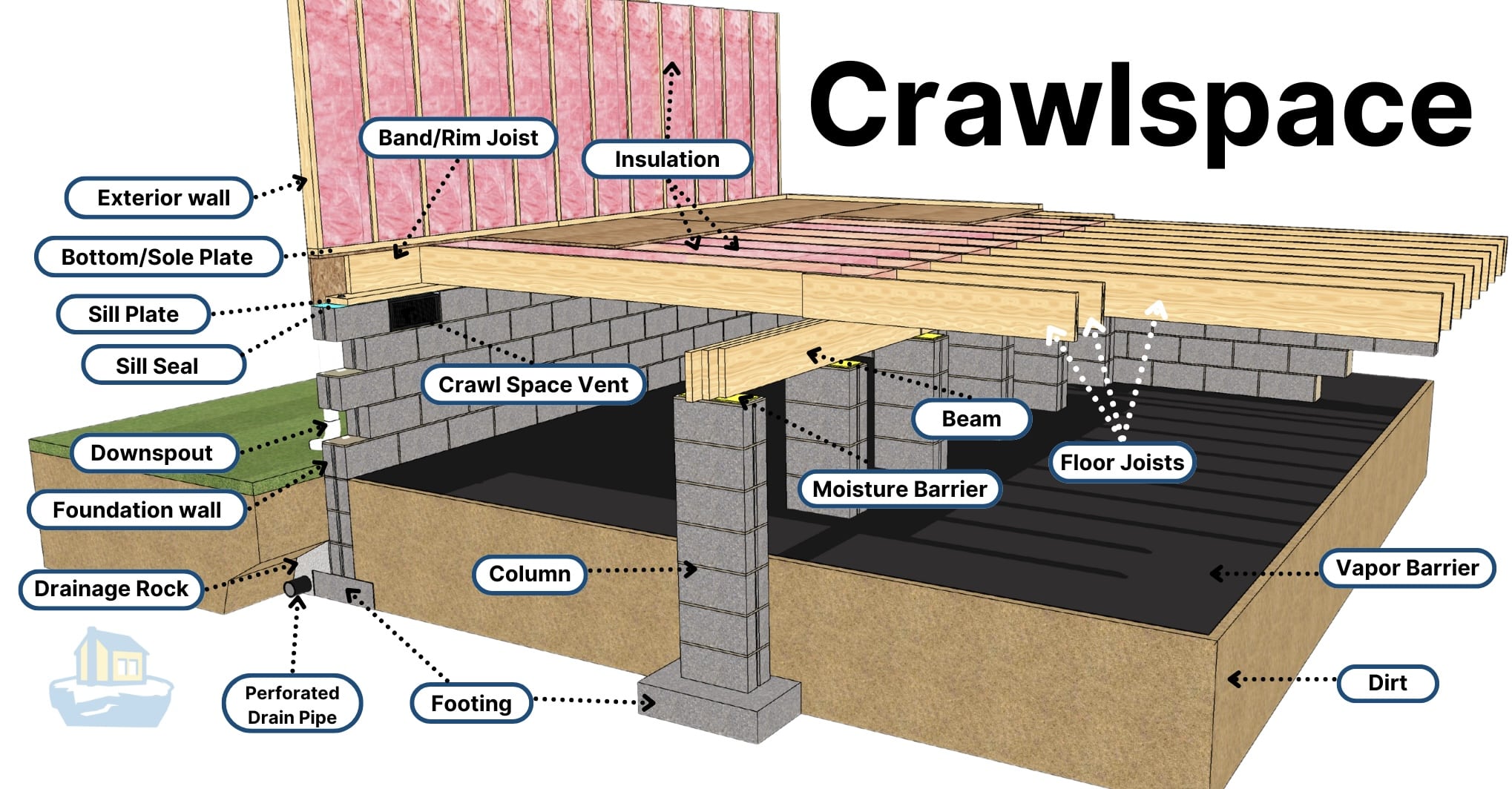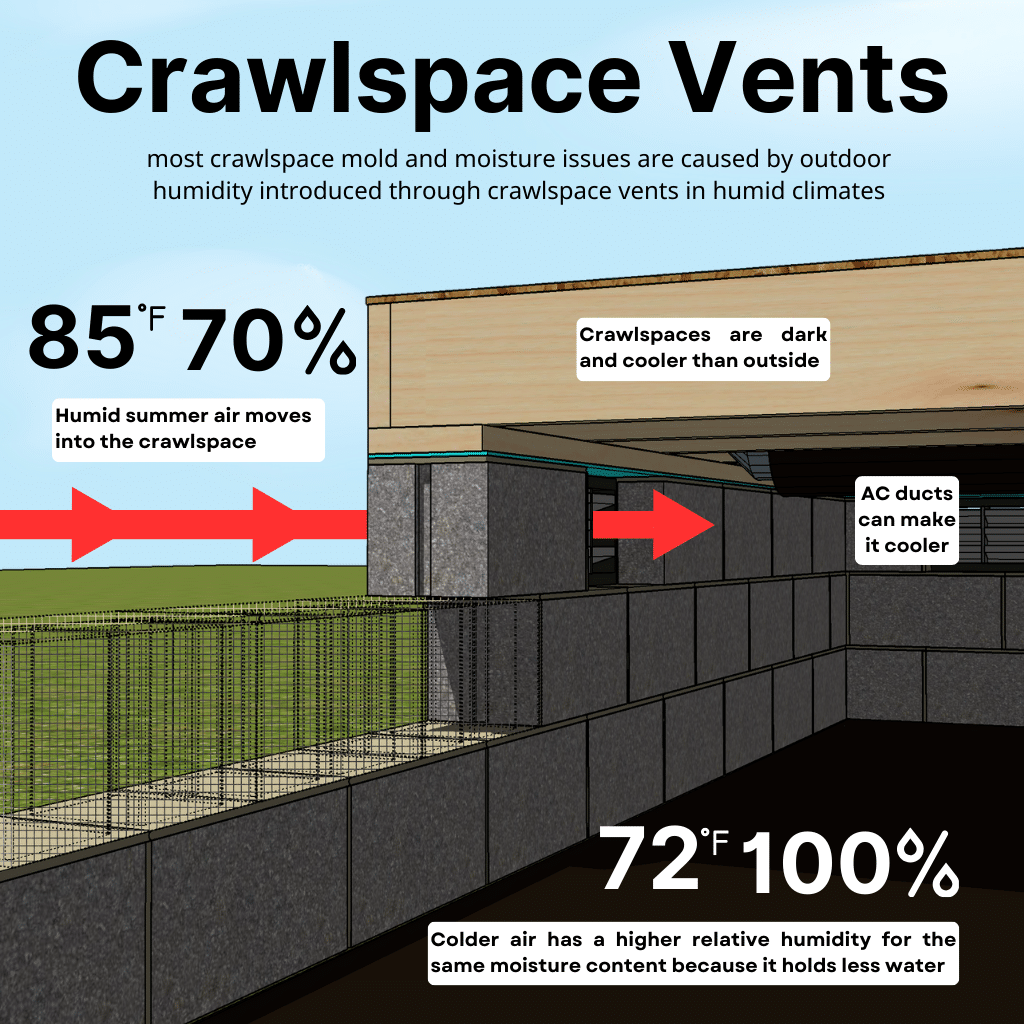4.8 1700+ Google Reviews

Your crawlspace might be hidden from view, but it plays a critical role in the overall health and efficiency of your home. In this comprehensive guide, we’ll dive into everything you need to know about crawlspace maintenance—from understanding its importance to implementing effective moisture control, ventilation, insulation, and pest prevention strategies. Whether you’re a new homeowner or a seasoned DIY enthusiast, these in-depth tips will help you keep your crawlspace in tip-top shape.
A crawl space is the small, unfinished area between your home’s foundation and the ground. It’s typically just tall enough to crawl through, which is why it's called a "crawl space." This area is crucial because it houses important elements like plumbing, electrical wiring, and HVAC systems. While it’s not a living space, crawlspace maintenance is key to preventing moisture problems, pest infestations, and other issues that could affect your home’s overall health.
There are many reasons why a crawlspace is preferred over a basement. For example, here in Richmond and Chesterfield we have shallow soil. In other words, there is hard bedrock within a few feet. This means its harder to dig out a basement. Plus, we also have many areas with high water tables. As a result, basements here in Richmond and chesterfield are more prone to moisture issues.
Basically, our geological issues present many challenges to building basements so we are left with crawlspaces.

A neglected crawlspace is often a breeding ground for moisture buildup, mold, pests, wood rot. Plus, since most of your house air comes from your crawlspace, it affects the indoor air quality in the rest of your home.
Let’s break down the key steps to a well-maintained crawlspace, complete with actionable tips and strategies.
Moisture is your crawlspace’s worst enemy. Here’s how you can effectively control it:
You must understand three things regarding crawl space vents: temperature equilibrium, dew point, and humidity.
Temperature equilibrium is when two air spaces (or any two objects) transfer energy until they’re the same temperature. The hotter space will transfer its energy to the cooler space.
Relative humidity is the amount of water in the air, in the form of vapor, compared to how much water it can hold. Hot air can hold more moisture than cold air.
The dew point is the temperature at which air must be cooled to achieve 100 percent relative humidity. Remember, cool air holds less moisture than hot air, so given the same amount of water, as the air gets colder, the relative humidity gets higher. This is why relative humidity is highest early in the morning (the coldest part of the day) and why you have dew in the morning.
One last thing. Crawlspaces are always cooler than the outside temperature in spring and summer because they’re dark and shaded. There also may be an air handler or ducts that keep it colder. So, when you open your crawlspace vents, hot humid air will be pushed into the crawlspace as the two spaces work towards temperature equilibrium. As the hot, moist air is cooled in the crawlspace, the relative humidity increases, potentially reaching the dew point. Once the crawlspace reaches the dew point, you will have condensation forming on all the colder surfaces, such as pipes and ducts, but even wood and insulation.

Insulation isn’t just for your walls—it’s important for your crawlspace too. Proper insulation and sealing help maintain a consistent temperature and prevent pest entry.
Crawlspaces often attract termites, spiders, mice, and other pests. Some of these pests damage your equipment such as mice chewing through wires. Whereas other pests such as termites cause structural damage. Proper crawl space maintenance is the most important step in an effective pest control strategy.
While many maintenance tasks can be tackled on your own, some situations call for professional expertise.
In addition to the primary crawlspace maintenance tasks, here are some extra pointers to help you manage your crawlspace effectively: